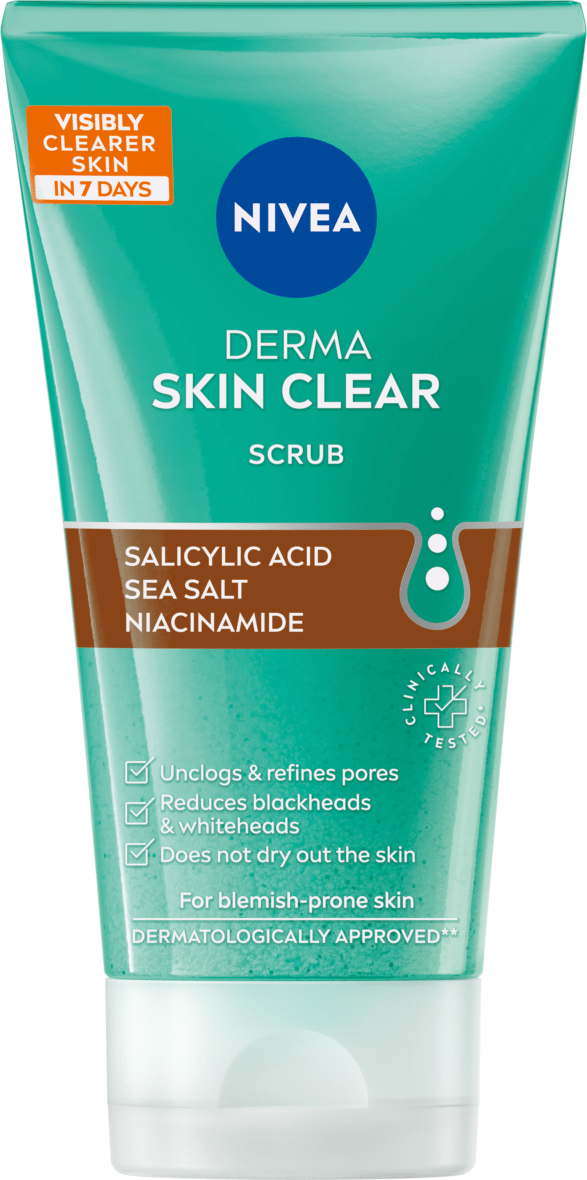
Learn how to use Niacinamide for skin
All you need to know about Niacinamide
WHAT IS NIACINAMIDE AND HOW TO USE IT
Benefits of Niacinamide for skin include preventing signs of ageing, calming irritation & providing hydration.
Discover NIVEA’s advice on the most effective ways to use it in your skincare routine.
Discover NIVEA’s advice on the most effective ways to use it in your skincare routine.
WHAT IS NIACINAMIDE?
Niacinamide, also known as nicotinamide or vitamin B3, is a water-soluble B vitamin that plays an important role in many aspects of your vital bodily functions, such as digestion and brain function.
The skin also benefits from Niacinamide use, here’s how:
The skin also benefits from Niacinamide use, here’s how:
IS NIACINAMIDE GOOD FOR ACNE?
CAN NIACINAMIDE CAUSE SKIN PURGING?
Skin purging is a result of increased skin cell turnover rate, caused by an ingredient or product such as exfoliating acid. It’s a part of the process where all the extra sebum and impurities are coming on the skin’s surface causing acne or dry patches.
Niacinamide is a mild skincare ingredient that doesn't cause skin purging or provoke acne. It is suitable even for sensitive skin.
Niacinamide is a mild skincare ingredient that doesn't cause skin purging or provoke acne. It is suitable even for sensitive skin.
IS NIACINAMIDE GOOD FOR DRY SKIN?
Regular use of Niacinamide has been shown to boost the hydrating properties of moisturisers, making skin more resistant to moisture loss by locking it in.
Along with hydrating properties, it has a calming effect on skin, making it a good choice for those with dry skin.
Along with hydrating properties, it has a calming effect on skin, making it a good choice for those with dry skin.
HOW LONG UNTIL I CAN SEE THE RESULTS?
Studies show that even though you may find improvement immediately after starting using Niacinamide, it will usually take up to 8-12 weeks for visible changes.







